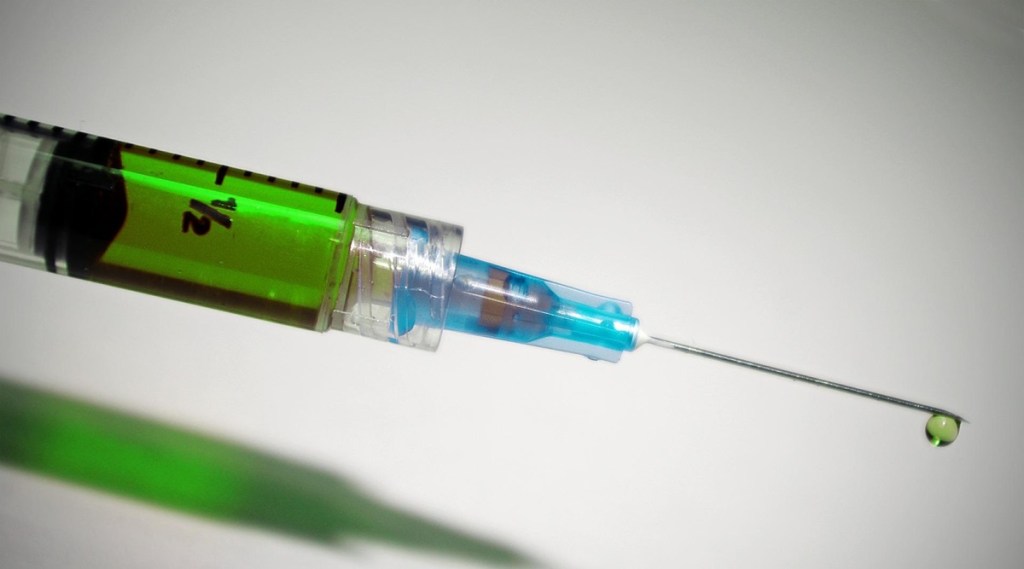Diphtheria in Nigeria: The World Health Organization (WHO) on Thursday said that Nigeria has recorded an unusual increase in cases of diphtheria across several states. According to the global health agency, from 30 June to 31 August 2023, a total of 5898 suspected cases were reported from 59 Local Government Areas (LGAs) in 11 states.
“In week 34 (ending 27 August 2023), 234 suspected cases have been reported from 20 LGAs in five states, with one Lab confirmed case1 from the 22 samples collected. Eighteen of these cases were epidemiologically linked 2 and 141 were classified as clinically compatible,” the WHO said in a statement.
According to WHO, Diphtheria is a highly contagious vaccine-preventable disease caused mainly by the bacteria Corynebacterium diphtheriae which can be fatal in 5-10 percent of cases, with a higher mortality rate in young children.
WHO’s recent risk assessment of the diphtheria outbreak in Nigeria has maintained the risk as high at the national level, and low at the regional and global levels.
“Public health measures such as vaccination response, enhanced surveillance for early case detection, case management and risk communication coordinated by the Nigeria Centre for Disease Control (NCDC), in collaboration with WHO and other partners, are being implemented in response to the outbreak,” it added.
From 30 June to 31 August 2023, a total of 5898 suspected cases were reported from 59 LGAs in 11 states across the country. The majority (99.4%) of suspected cases were reported from Kano (1816), Katsina (234), Yobe (158), Bauchi (79), Kaduna (45) and Borno (33).
According to WHO, definitive diagnosis through laboratory molecular testing identified Corynebacterium diphtheriae and Corynebacterium ulcerans isolates as the species driving this outbreak, particularly C. diphtheria as the major etiologic pathogen associated with the current outbreak.
What is Diphtheria?
According to WHO, Diphtheria is a highly contagious vaccine-preventable disease caused mainly by Corynebacterium diphtheria but also by Corynebacterium ulcerans. The bacterial disease spreads between people mainly by direct contact or through the air via respiratory droplets.
The Global Health Agency maintains that the disease can affect all age groups; however, unimmunized children are most at risk. The WHO’s global immunisation report 2023 revealed that the COVID-19 pandemic, associated disruptions, and vaccination efforts strained health systems in 2020 and 2021.
In 2022, diptheria-pertussis-tetanus (DTP) immunization coverage almost recovered to 2019 levels.
What are the symptoms?
The Global Health Agency states that symptoms often come on gradually, beginning with a sore throat and fever. In severe cases, the bacteria produce a poison (toxin) that causes a thick grey or white patch at the back of the throat.
This can block the airways, making it hard to breathe or swallow, and also creates a barking cough. The neck may swell in part due to enlarged lymph nodes, WHO revealed.
How Diphtheria is treated?
Diphtheria’s treatment involves administering diphtheria antitoxin (DAT) as well as antibiotics. According to WHO, vaccination against diphtheria has been effective in reducing the mortality and morbidity from diphtheria dramatically.
“Diphtheria is fatal in 5-10% of cases, with a higher mortality rate in young children. However, in settings with poor access to diphtheria antitoxin, the CFR can be as high as 40%,” it added.








